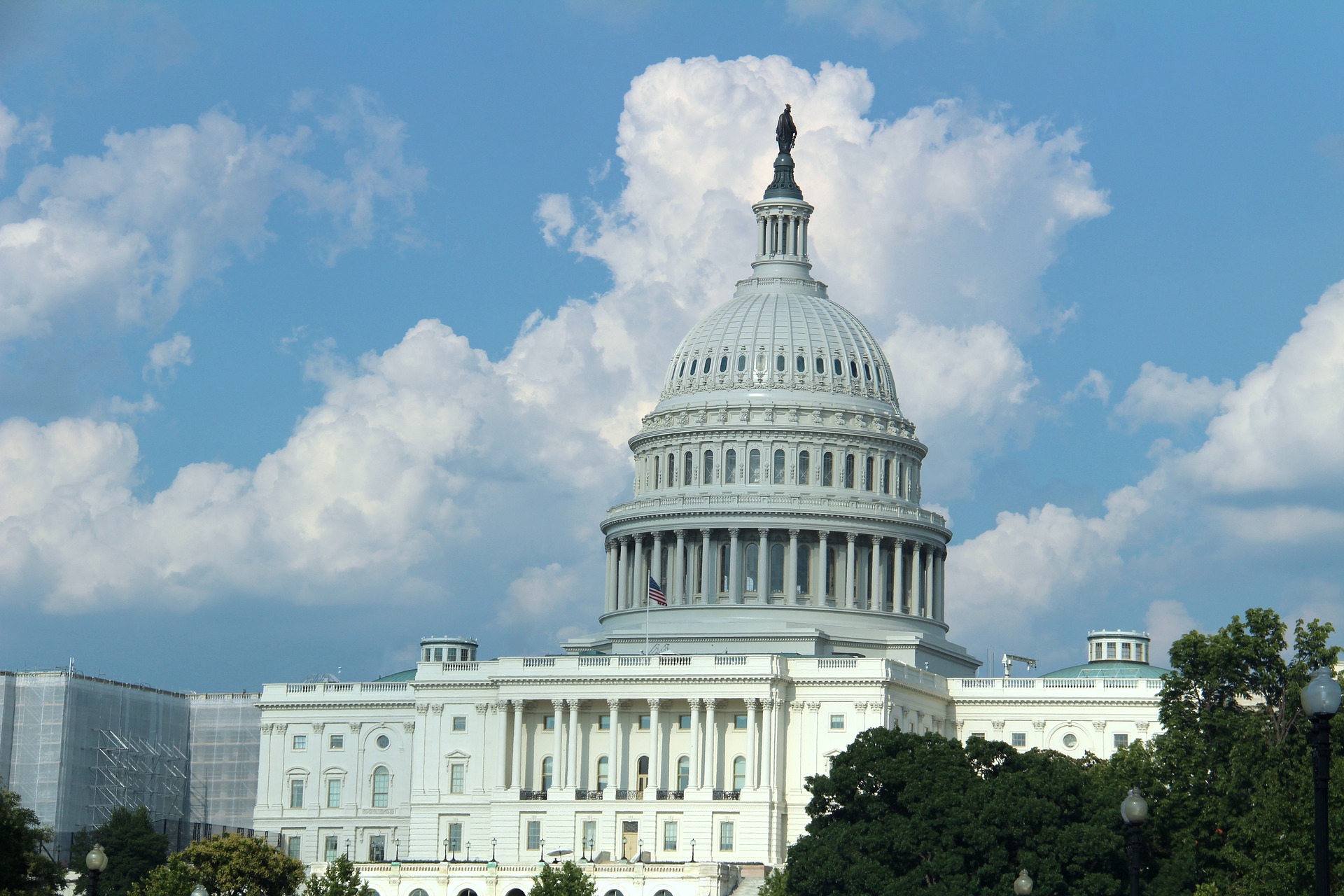By Lisa Jacobson, President, BCSE
One year ago today, BCSE released a powerful statement: “With President Biden’s signature of the Inflation Reduction Act, clean energy enters a new era.”
Now with one year of hindsight, I can say confidently that we were correct. The Inflation Reduction Act (IRA) has changed the clean energy landscape faster than many of us could have expected, creating the market signals and incentives for the clean energy transition to become hard-wired into the U.S. economy.
Upon its passage in August 2022, the IRA opened up $369 billion in funding for clean energy and energy efficiency initiatives – including $270 billion in tax credits. This funding includes key investments to spur the clean energy economy, including:
- Energy efficiency incentives. The IRA restores and greatly increases energy efficiency tax credits like 25C that will financially encourage homeowners to invest in energy-efficient home upgrades. The legislation also includes $8.8 billion for energy efficiency rebates and efficient appliances, with most funds going to low- and moderate-income households.
- Clean energy incentives. A large share of the IRA’s funding goes to tax credits and rebates for energy storage, renewable power and fuels, and deep decarbonization technologies and resources like hydrogen and carbon capture utilization. Importantly, a number of these incentives transition to a technology neutral framework over time.
- Electric vehicle tax credits. The IRA includes up to $7,500 in federal tax credits for consumer and commercial electric vehicles. The Treasury Department released guidance in 2023 addressing the battery and critical mineral provisions for the 30D credit.
- Establishment of the Greenhouse Gas Reduction Fund. The IRA invests $27 billion into the Greenhouse Gas Reduction Fund, which leverages private sector capital by awarding competitive grants to states and localities for projects that reduce greenhouse gas emissions, with an emphasis on projects that benefit underserved communities.
- Funding for environmental justice. The IRA funds grants to states, localities, territories, and tribal governments to reduce harm from air pollution, expand access to sustainable transportation, and improve community resilience.
These funds aimed to boost the development of clean energy businesses, industries, and projects nationwide. The success of this endeavor in just one year has been astounding. Since August 2022, more than 200 U.S. clean energy projects have been announced, spurring the creation of more than 70,000 jobs. The American Clean Power Association estimates that the IRA has led to the deployment of more than 180,000 MW of utility-scale clean energy projects, resulting in $4.5 billion in customer savings. Ultimately, research indicates that the IRA could lower U.S. emissions by as much as 48 percent by 2035.
For the BCSE team, the passage of the IRA was the culmination of years of advocacy work. Through outreach to key Congressional offices and joint stakeholder efforts to Congress, BCSE advocated for inclusion of funding for energy efficiency initiatives, clean energy and sustainable transportation incentives, environmental justice, and the establishment of a climate bank. Importantly, the IRA’s monumental clean energy and energy efficiency investments built upon the bipartisan achievements of the Infrastructure Investment and Jobs Act of 2021 and the CHIPS and Science Act of 2022.
Nevertheless, the work is not over yet. During the 118th Congress, BCSE has maintained its support for the IRA’s clean energy and energy efficiency investments, urging policymakers to reject legislative provisions that would rescind or alter them. Our team is committed to working on implementing this groundbreaking law and has submitted numerous comments to federal departments and agencies, providing guidance on new initiatives. BCSE is working to track where major projects are being announced and built, showing the linkages with IRA and IIJA investments and highlighting the geographic diversity and local economic benefits of these projects.
In addition, further legislative action is needed to achieve the full impact of the IRA’s clean energy investments. This year, BCSE has been focused on enacting common sense federal permitting and siting reforms to speed up the pace of deployment of clean energy technologies. These reforms are imperative to achieving U.S. greenhouse gas emission reduction targets and to maintaining secure and resilient energy infrastructure.
An effective federal permitting reform package should include provisions related to providing predictable and efficient review processes and supporting the modernization and build of new electric transmission and other energy infrastructure, as well as policies to support energy system optimization with digital technologies. BCSE looks forward to continuing to work with policymakers, stakeholders, and partners to enact further market-based policies that drive forward the clean energy transition.
It is remarkable to reflect on how much clean energy policy and deployment has accelerated in just one year. The clean energy transition is rolling forward with increased momentum! As we continue to build strong public-private partnerships, enact constructive federal policy, and ground our work in sound science, I am excited to see this clean energy future come to fruition.
About the author: Lisa Jacobson is the President of the Business Council for Sustainable Energy.

